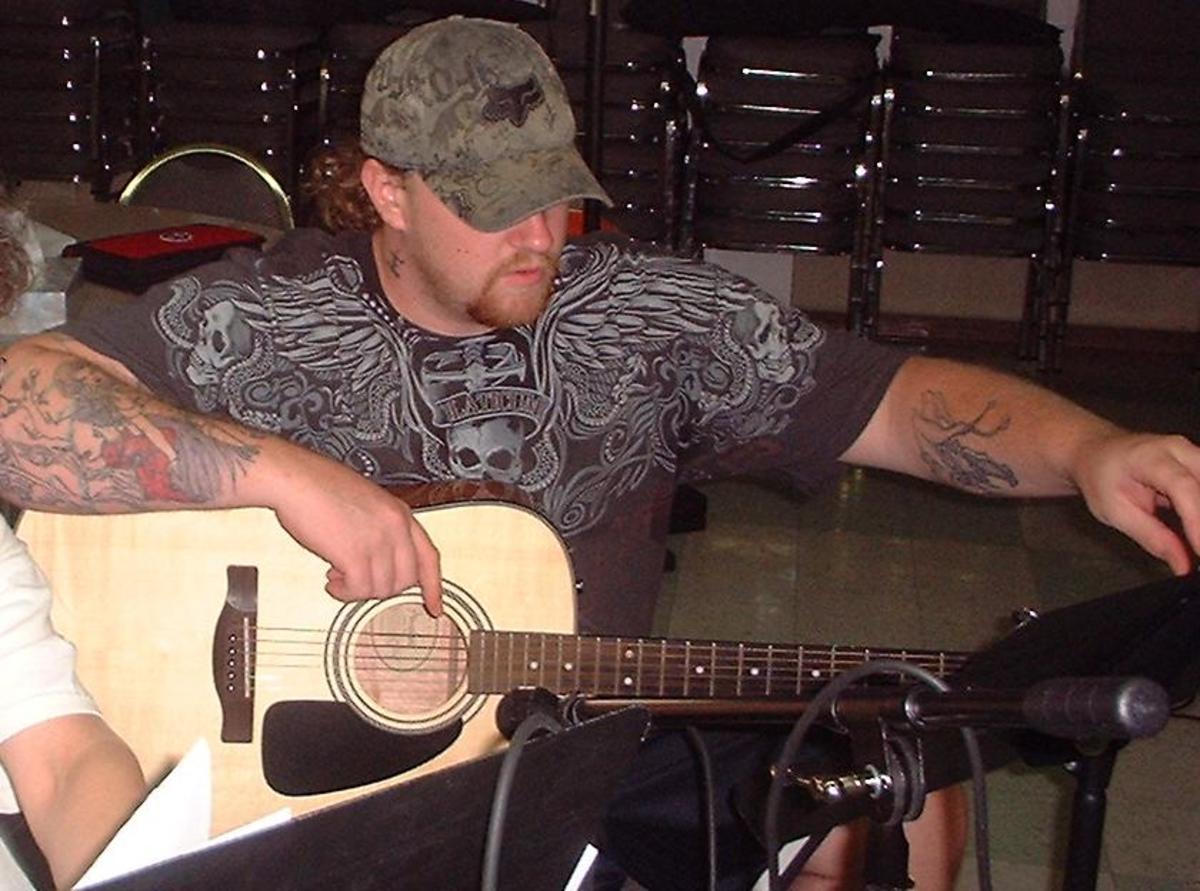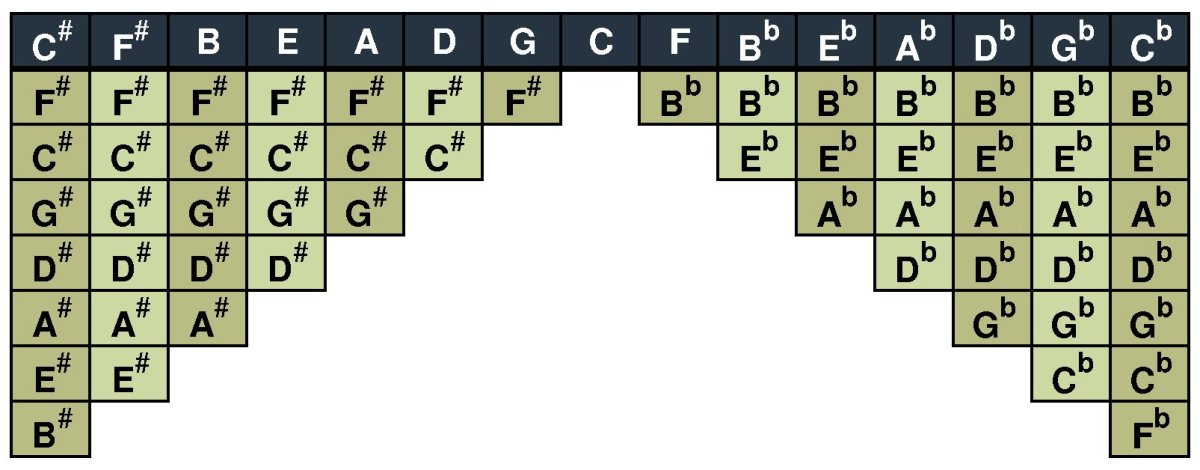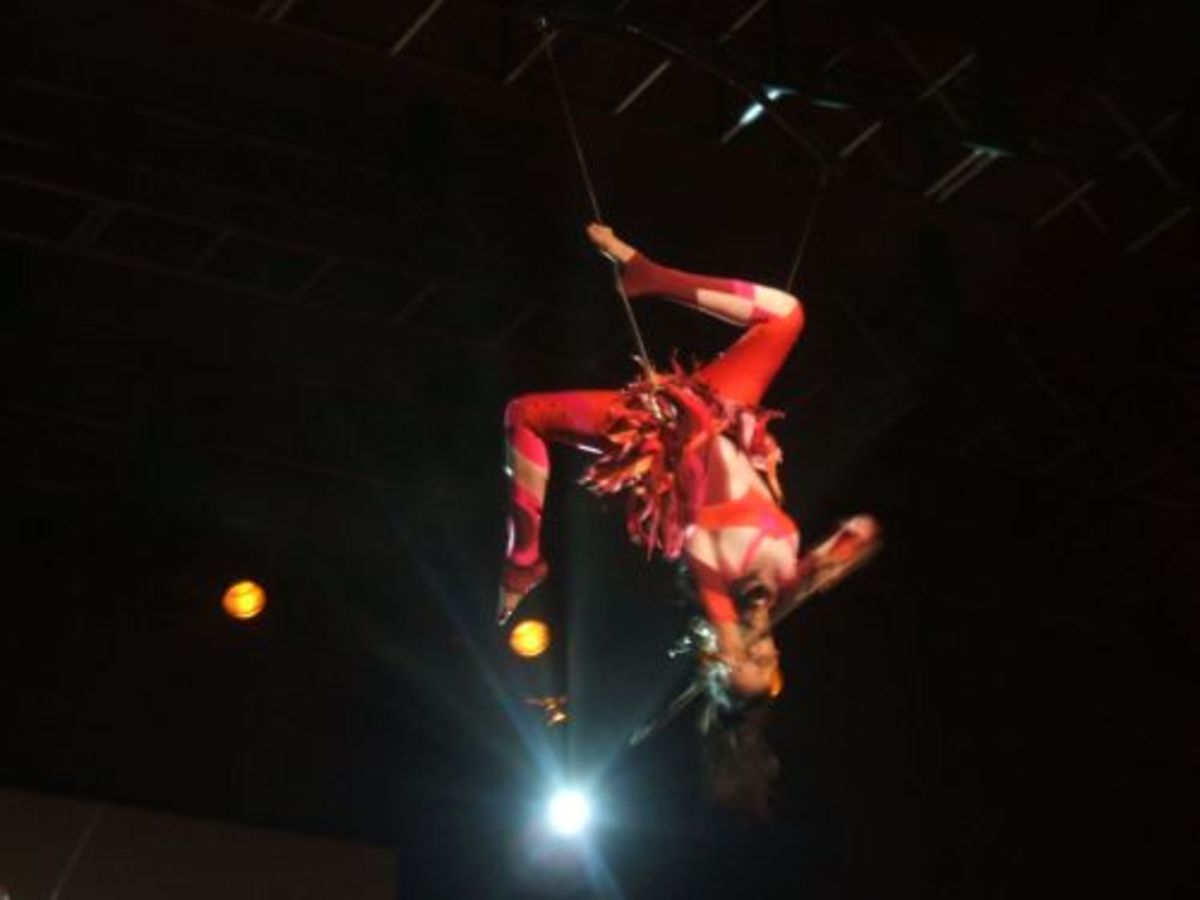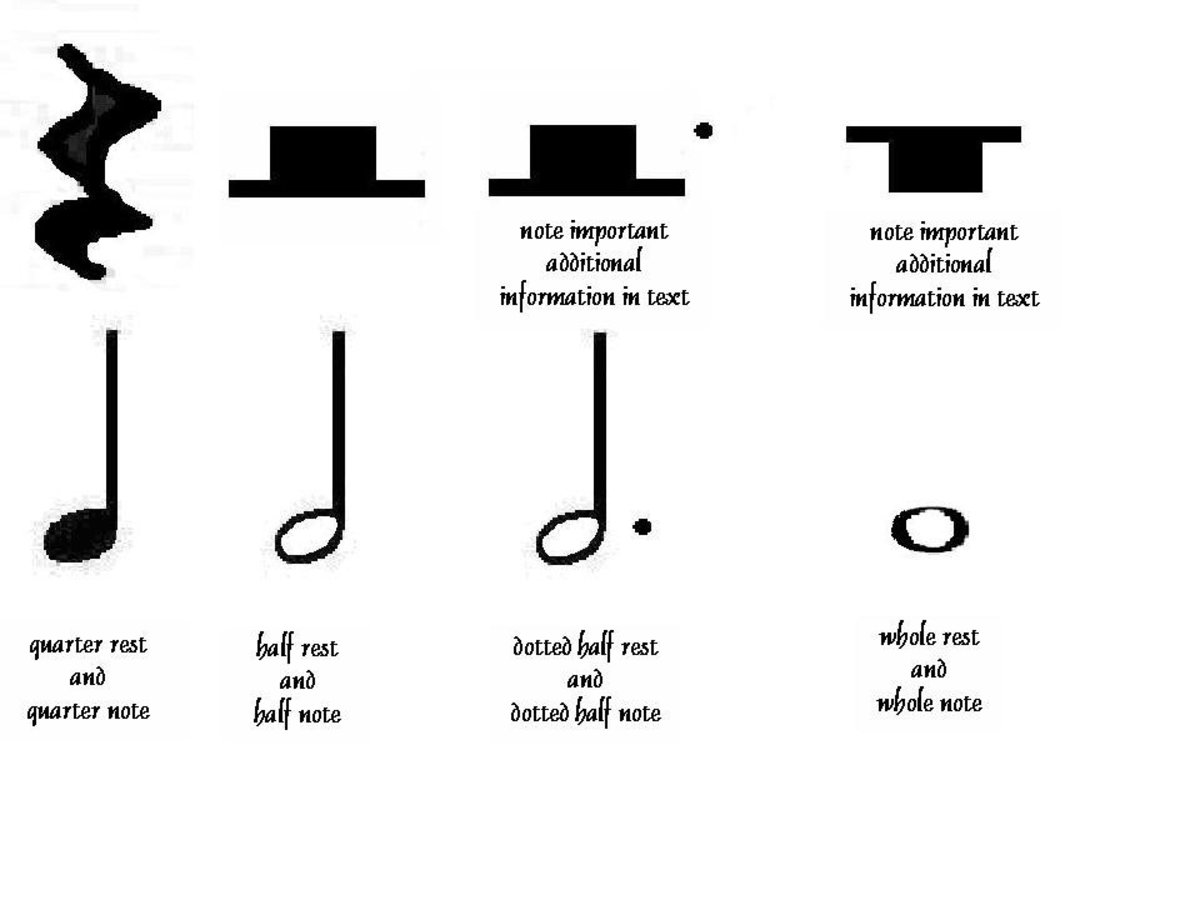Modish Modes: Background
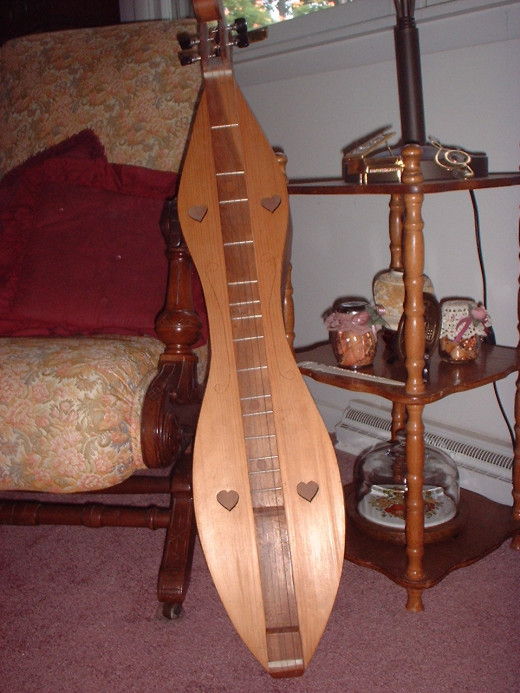
Suggested for further reading
Something about “modes” seems so exotic, so other-worldly and mysterious, that it would probably be helpful to apply some demystification to the topic.
What is a mode?
A mode is a group of musical tones that work together to create a particular quality of sound for the music that is written in that mode. It is not a random, haphazard collection of tones; there are some rules, outlined further below.
Before we discuss modes, consider three very broad categories of musical sound. When we think of music worldwide, there is a lot of music that is pentatonic. That is, the music uses only five (penta) different tones, combined, varied and repeated in numerous musical ways. There are several different types of pentatonic scales (the orderly grouping of the five tones), and they are a fit subject for another discussion. Some of the world’s favorite music is pentatonic, including the Japanese Cherry Blossom song “Sakura” and the beloved hymn “Amazing Grace.”
Most of the familiar music of the western world would be considered to be diatonic. This type of music uses seven different tones, combined, varied and repeated in numerous musical ways. When the seven different tones (adding the first one an octave higher) are organized in order, one after the other with the pitch letter names arranged music-alphabetically following the first tone, we have a scale. Just as with pentatonic music, there are many different kinds of diatonic scales. For western ears, the most familiar patterns are “major” and “minor” scales.
The last broad category of music is microtonal. A lot of music from Eastern Europe and the Middle East, all the way around to India, falls within this category. Microtonal music includes tones that fall between the distinct tones that are familiar to western ears. Not just half steps, which diatonic music certainly uses, but quarter-tones and other fractional tones are part of microtonal music. When westerners hear microtonal music, we may very likely think it is “out of tune,” but it is simply a different type of tonality, with much subtler gradations of tone than we use.
Some serious Western composers have experimented with microtonal music, and one example by Julián Carrillo is provided in the video.
Microtonal Music by Julián Carrillo
What is the pattern for steps in the modes?
The modes that we want to discuss here are diatonic patterns, arrangements of seven tones in specific sequences of whole steps and half steps. Because of the way whole steps and half steps relate to one another, leading and following one another, the music written within each mode will have its own distinct sound or feel.
A great explanation of the origins and history of the modes can be found in the article "Understanding modes in modal and other music." A very important point mentioned there is the fact that modal music was more than a pattern of whole and half steps in a specific sequence: it was a method or mode of performance and composition.
The "modes" most familiar to Westerners are the major and minor keys. Major keys are technically known today as the Ionian mode. This mode can begin on any pitch or tone of the musical alphabet, but its scale will always follow the pattern W W H W W W H. That is, first is played the root or first degree, then the next pitch is a Whole step higher; the third note is a Whole step higher than the second degree; the fourth tone is a Half step above the third; and the last pitches follow in the pattern of Whole, Whole, Whole, and Half. So, for example, in the key of C, the tones in order are C D E F G A B C. Notice that all of these steps are whole steps, except between E and F (3rd to 4th degree) and between B and C (7th degree to the 1st at the octave).
Minor keys are played and taught in three primary forms in Music Theory: natural or pure minor; harmonic minor; and melodic minor. The last two will not be part of this discussion, but samples (for the sake of comparison) can be heard in the next article of this series. The pure or natural minor keys are known as the Aeolian (pron. ee-OH-lee-an) mode. As with the Ionian and every other mode, it can begin on any pitch or tone of the music alphabet, but the pitches will follow in a specific pattern of whole and half steps: W H W W H W W. (Root, up a Whole, up a Half, up a Whole, up a Whole, up a Half, up a Whole, up a Whole.) So, the natural minor that begins on A has the following scale: A B C D E F G A, with half steps falling between B and C and between E and F. (Hmm!)
So far, so good. For more details, check out the other articles in this series.


